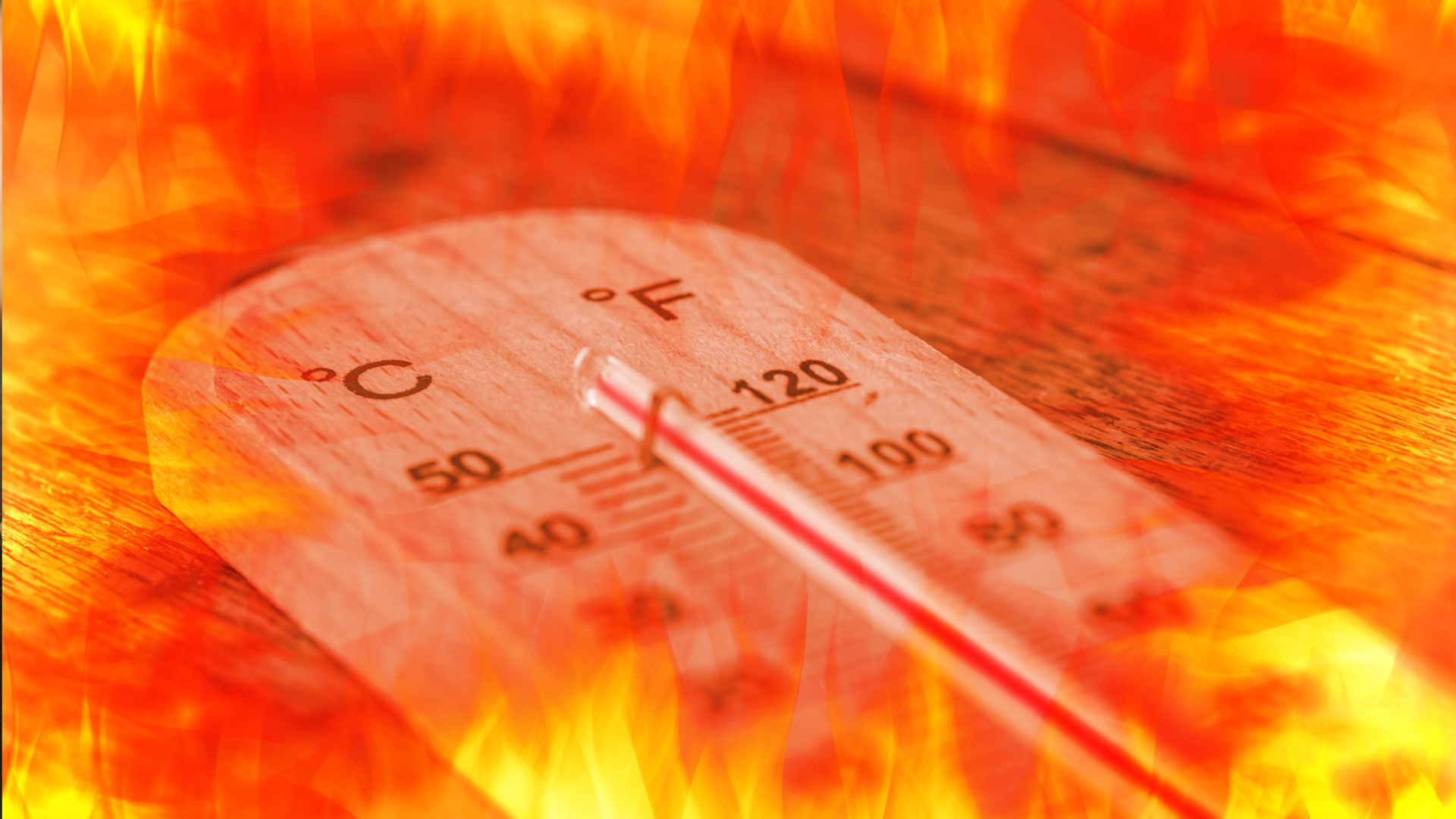January 2025 set a record as global temperatures rose to 1.7°C above pre-industrial levels, the hottest January ever. Despite La Niña’s cooling effect, this extreme heat underscores the growing threat of climate change. For the Philippines, a country vulnerable to climate disasters, this raises concerns about preparedness.
Rising temperatures intensify typhoons, floods, and droughts, causing destruction, water shortages, and reduced agricultural productivity. Crop yields, especially rice, and corn, are threatened, while pests and diseases increase. Heatwaves heighten health risks like heatstroke, dengue, and respiratory issues. Damaged infrastructure and agricultural losses strain the economy, particularly in rural and coastal areas. Ecosystems suffer, with coral bleaching and biodiversity loss harming fisheries and tourism.
The government has climate programs, but challenges persist. The National Climate Change Action Plan (NCCAP) faces funding and coordination issues. Disaster preparedness is emphasized through the Disaster Risk Reduction and Management (DRRM) framework, but severe events often overwhelm it. Renewable energy development is slow, with coal still dominant. Reforestation efforts continue, but deforestation remains a concern. International climate finance supports resilience, yet funding is insufficient.
The Philippines must boost climate financing, accelerate renewable energy transition, strengthen local capacities, expand reforestation, and raise climate awareness. The heat record in January 2025 is a clear call for urgent action to protect the nation’s future.


